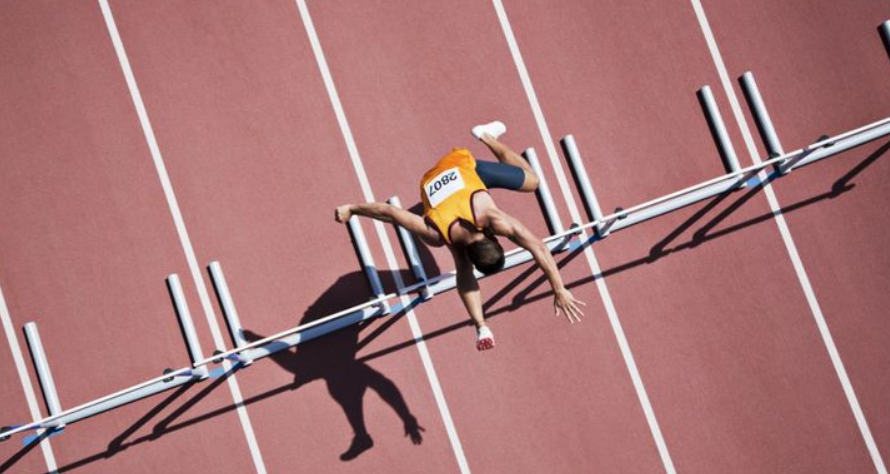In the world of elite sports, most athletes dedicate their entire careers to mastering one discipline. But every once in a while, a rare competitor breaks the mold—switching sports entirely and finding success all over again. Whether driven by injury, passion, or untapped potential, these transitions often lead to fascinating second acts.
Changing sports at the professional level is no small feat. It demands not only physical adaptation but also mental resilience, new skillsets, and often, a complete lifestyle shift. Here are some of the most notable examples of athletes who’ve successfully crossed the boundary from one sport to another—and what we can learn from their stories.
Famous Athletes Who Switched Sports
1. Michael Jordan – Basketball to Baseball (and Back)
Perhaps the most iconic switch in sports history, Michael Jordan stunned the world in 1993 by retiring from the NBA to pursue a career in baseball. Despite limited success with the Birmingham Barons, a minor league affiliate of the Chicago White Sox, Jordan’s attempt wasn’t just a publicity stunt—it was a childhood dream.
Though his batting average never impressed scouts, his work ethic and commitment were universally praised. After two years away, he returned to the NBA and led the Chicago Bulls to another three-peat, further solidifying his GOAT status.
2. Bo Jackson – Football and Baseball Simultaneously
Unlike others on this list, Bo Jackson didn’t switch sports—he played two at the same time. As an All-Star in both the NFL and MLB, he was a generational athlete whose career was tragically shortened by injury.
Jackson’s ability to dominate two of the most physically demanding sports in the U.S. simultaneously remains one of the most impressive feats in sports history.
3. Rebecca Romero – Rowing to Cycling
Romero’s transition is among the most successful Olympic reinventions ever. After winning a silver medal in rowing at the 2004 Athens Olympics, injuries forced her to retire. Instead of walking away from competition, she switched to track cycling and went on to win gold in the individual pursuit at the 2008 Beijing Olympics—making her one of only two British athletes to win Olympic medals in two different sports.
4. Brock Lesnar – Wrestling to MMA to Football
WWE superstar Brock Lesnar didn’t just move from pro wrestling to MMA, where he became UFC Heavyweight Champion—he also briefly joined the Minnesota Vikings in the NFL.
Although he never made the regular-season roster, his ability to compete at such high levels across three very different physical sports is nothing short of extraordinary.
5. Ellyse Perry – Cricket and Football (Soccer)
Australian athlete Ellyse Perry made her debut for both the national cricket and soccer teams before turning 17. She went on to represent Australia in the Cricket World Cup and FIFA Women’s World Cup, making her one of the most versatile female athletes in modern history.

What Drives These Transitions?
Switching sports isn’t always about chasing fame or fortune. The most common reasons include:
- Injury: Many athletes move to lower-impact sports after major injuries.
- Passion: Some simply love another sport more and want to pursue it while they still can.
- New challenges: Highly driven individuals may crave new goals after achieving all they can in one sport.
- Olympic qualification: Athletes sometimes switch to niche disciplines with better chances of selection.
What Can We Learn from These Athletes?
- Adaptability is a superpower: These stories prove that elite performance isn’t limited to one skillset or context.
- Hard work trumps talent in unfamiliar territory: No matter how gifted an athlete is, switching sports requires them to start over, often as underdogs.
- Mental toughness is key: The pressure of proving yourself again can break even experienced champions—only the most mentally resilient succeed.
Will We See More Multi-Sport Athletes in the Future?
With modern training methods, sports science, and cross-disciplinary coaching, it’s more possible than ever for athletes to transition between sports. As media coverage expands to niche disciplines and opportunities like MMA, esports, and hybrid competitions grow, we may see more athletes exploring second careers in entirely new arenas.
Still, success won’t come easy. The road is long, the competition fierce, and the learning curve steep. But for those brave enough to try, the reward can be legacy-defining.

